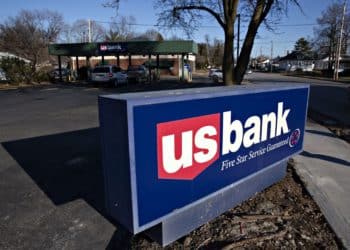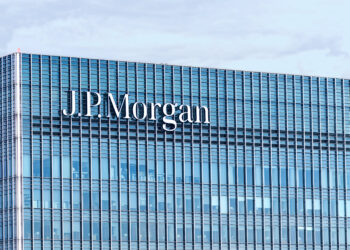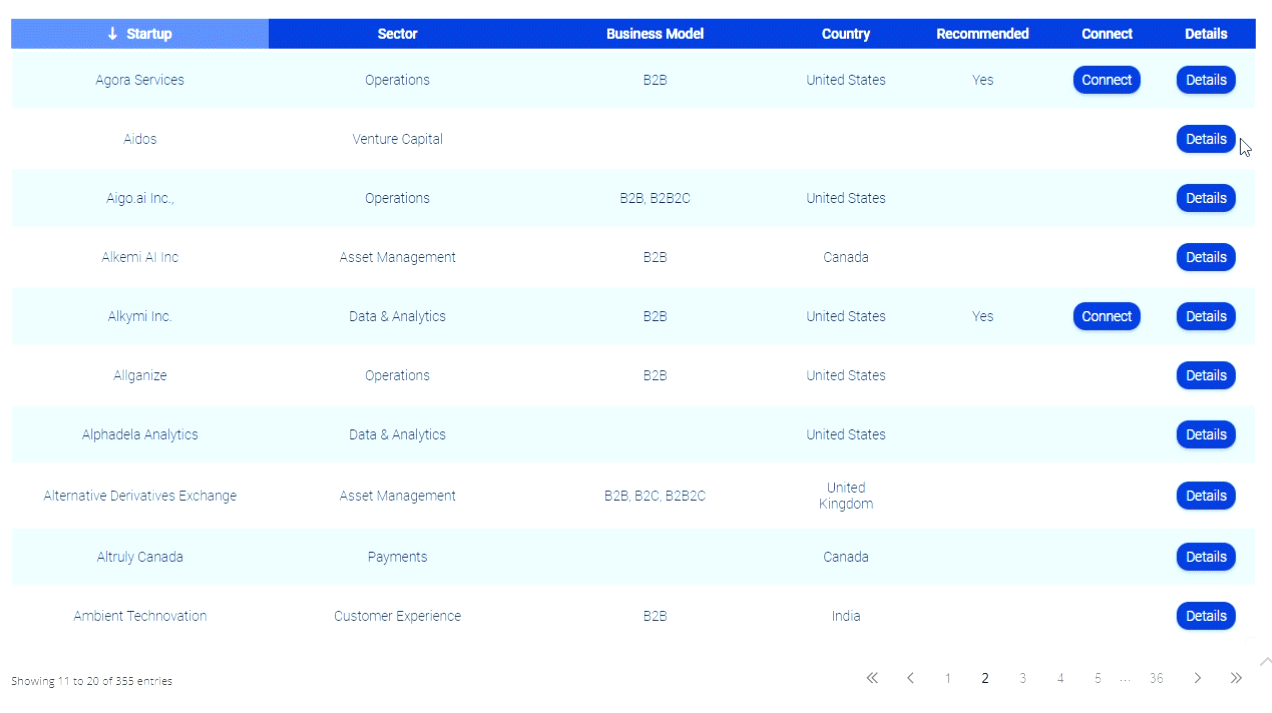The Real Reason PayPal Isn’t an Apple Pay Preferred Partner
UPDATE (10/1/14, 1:41 PM ET)
Earlier this month, before Apple Pay came out, Bank Innovation wrote that Apple and PayPal had been involved in talks for … something. We’ve finally tracked down the full story.
Sources close to Apple and PayPal and in the financial services industry have confirmed that PayPal and Apple were indeed in talks for PayPal to be a “preferred payment process” for Apple Pay. However, PayPal pissed Apple off so much that Apple excluded PayPal from Apple Pay altogether.
The story behind the Apple-PayPal talks has particular relevance today with eBay announcing that it will spin off PayPal next year. Presumably, PayPal’s valuation would have been all the more substantial with an Apple Pay deal on the books.
Apple and PayPal started talking early on in Apple’s development of Apple Pay, as Apple was setting up partnerships with the card issuing banks and card networks. Since PayPal’s a payments industry leader, it would have been shortsighted for Apple to not reach out to PayPal.
But while these talks were going on, PayPal went ahead and partnered with Samsung on the Galaxy S5 fingerprint scanner, a move that was reportedly forced onto PayPal by eBay CEO John Donahoe. PayPal’s now-former president David Marcus was purportedly categorically against the Samsung deal, knowing that it would jeopardize PayPal’s relationship with Apple. Donahoe won the day, however.
Apple was said to be absolutely furious that PayPal did the deal with Samsung, which led Apple to cut PayPal out of the Apple Pay process entirely. (One source said: “Apple kicked them out of the door.”) This dust up with Apple was a big reason that David Marcus ended up leaving PayPal for Facebook.
Bank Innovation has learned further information that PayPal wasn’t included in Apple Pay at the request of the card issuers and card networks. Sources within PayPal say that the card issues and networks asked Apple Pay to not partner with PayPal — which Apple was happy to oblige to since it was unhappy with the Samsung deal and were getting ready to kick out PayPal. It appears as though PayPal disruption of financial services, which is the opposite of Apple strategy of partnering with financial institutions, set off bankers, too.
Of course, in the end, issuers gave Apple the card-present rate based on NFC and tokenization, and the biometric security feature was part of a discounted rate Apple received, which has been an important component of the Apple Pay plan. But, at the time, the Apple-PayPal talks were massive, although they ended up falling apart. You’re welcome, Stripe.












The online payment processing world is changing. Net neutrality can have a big impact on how this turns out. PaymentUSA http://paymentusa.com/how-net-neutrality-could-affect-credit-card-processing/